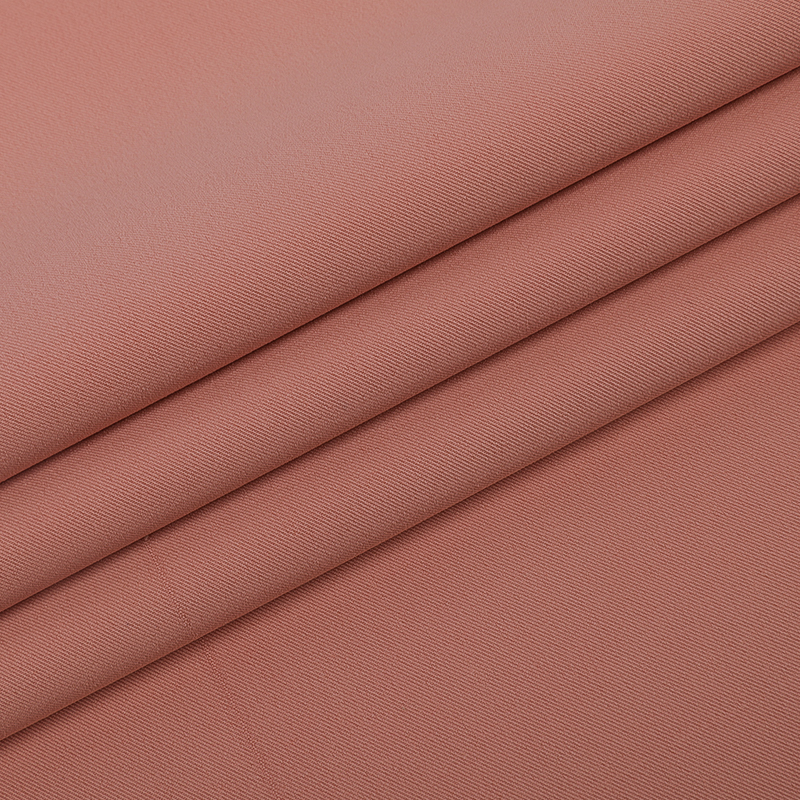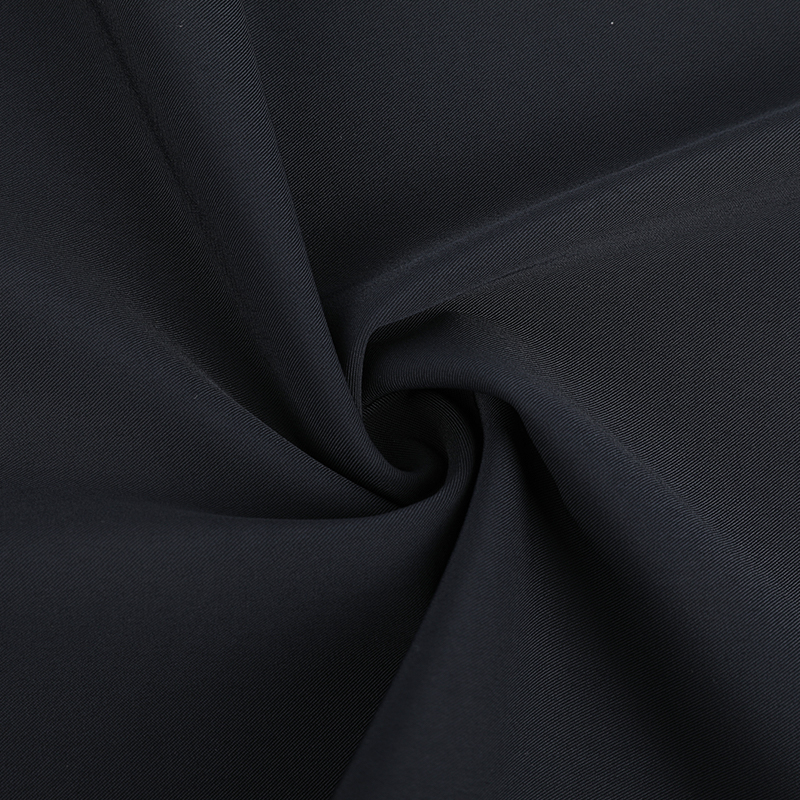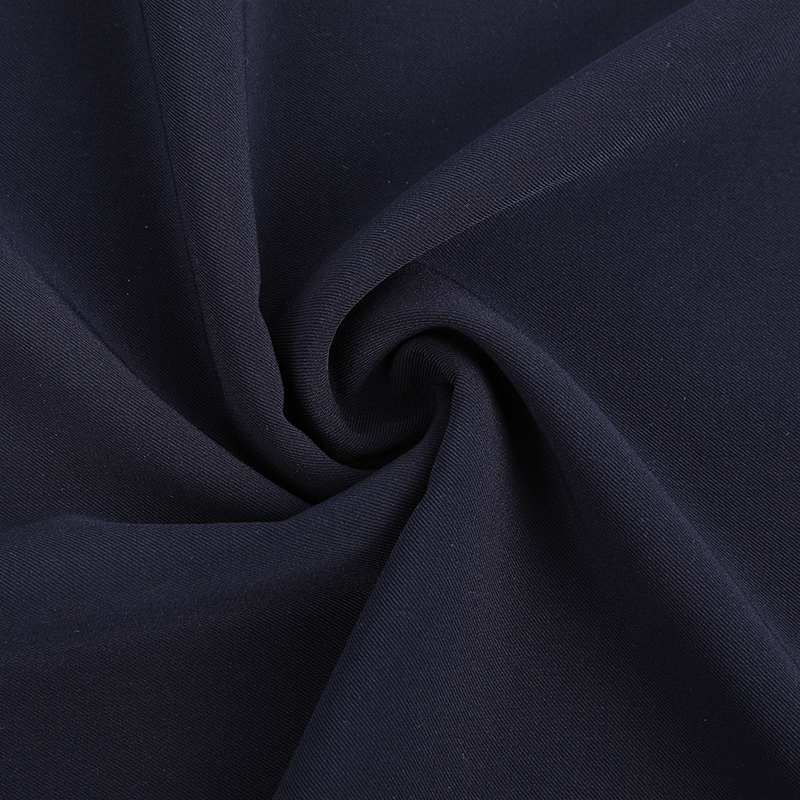The production capacity is very sufficient, and the control degree of raw material price, quality and stable supply is high, which lays the foundation for continuous production.
Polyester Four Way Stretch Fabric Manufacturers
-
 Quick View
Quick View
Polyester plain weave four-way stretch fabric
-
 Quick View
Quick View
Polyester plain weave four-way stretch fabric
-
 Quick View
Quick View
Polyester twill four-sided stretch fabric
-
 Quick View
Quick View
Polyester twill four-sided stretch fabric
-
 Quick View
Quick View
Polyester twill four-sided stretch fabric
-
 Quick View
Quick View
Polyester double-layer four-sided stretch fabric
-
 Quick View
Quick View
Polyester double-layer four-sided stretch fabric
-
 Quick View
Quick View
Polyester double-layer four-sided stretch fabric
-
 Quick View
Quick View
Polyester double-layer four-sided stretch fabric
-
 Quick View
Quick View
Polyester filament twill four-sided stretch fabric
-
 Quick View
Quick View
Polyester filament twill four-sided stretch fabric
-
 Quick View
Quick View
Polyester filament twill four-sided stretch fabric
Hangzhou Qilong Chemical Fiber Co., Ltd.
Hangzhou Qilong Chemical Fiber Co., Ltd. is china Polyester Four Way Stretch Fabric Manufacturers and wholesale Polyester Four Way Stretch Fabric factory.
Hangzhou Qilong Chemical Fiber Co., Ltd. was established in 2003. During the 20 years of the company's development and growth, we have always provided customers with good products, technical support, and enthusiastic after-sales service. Our company is mainly engaged in the production of spandex covered yarn; distribution: Textile fabrics, textile raw materials, clothing and accessories, chemical fiber raw materials, textile machinery; We have supplied for Gottex, Argentovivo, La Vie en Rose, House of Fraser, Rain Bow, NKD, Sunsets, Champion and so on.
Lastest Blogs
Industry Knowledge

 English
English 中文简体
中文简体 Español
Español Français
Français italiano
italiano



